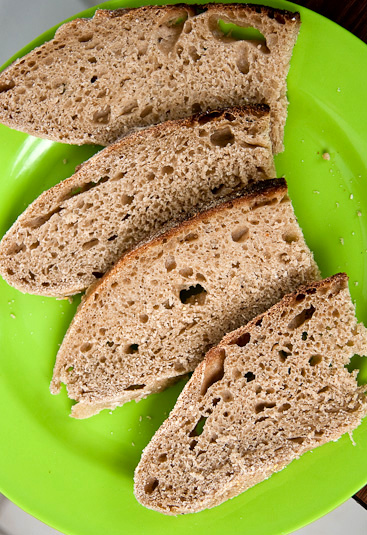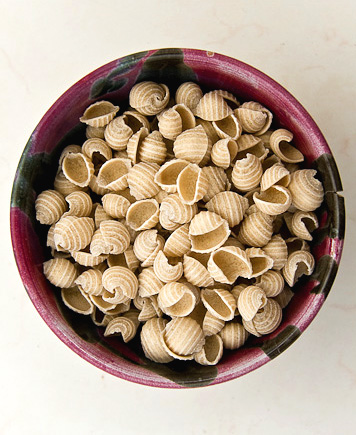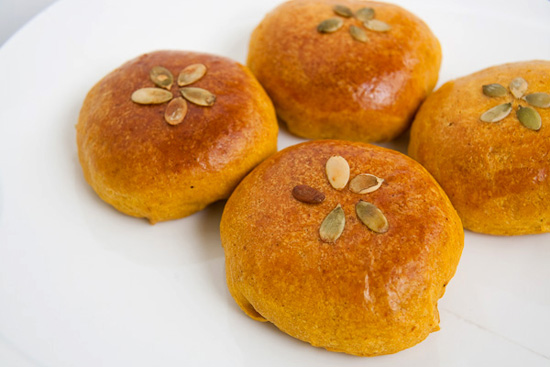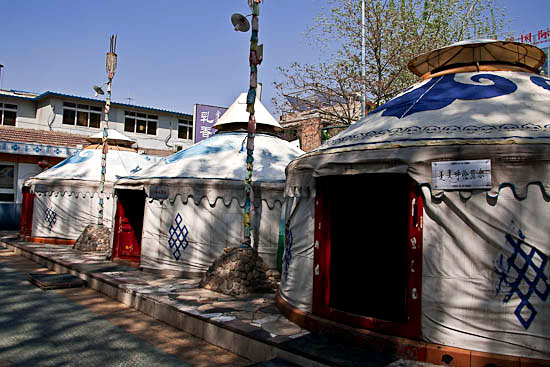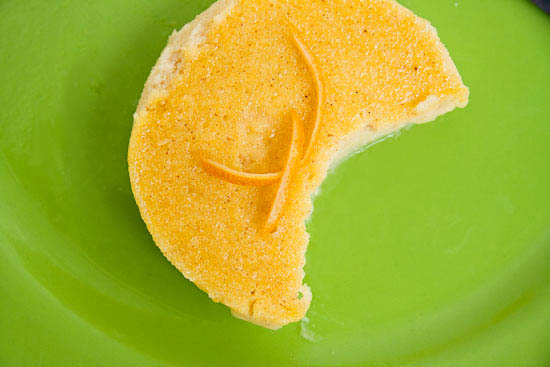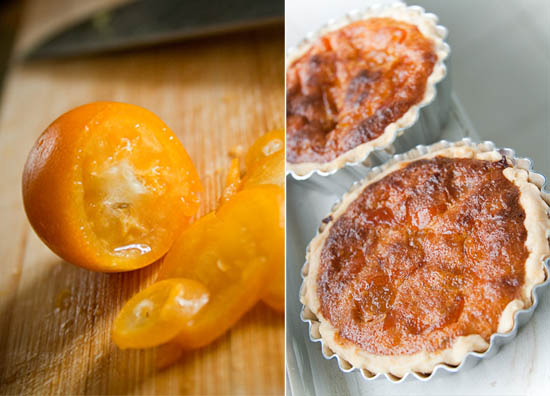Things have been a little slow around here, as Haw Berries is currently infatuated with the World Cup, but that doesn’t mean delectable things aren’t being made and consumed anymore. On the contrary, my organic farm delivery now gives me more time than ever to indulge my football obsession (as well as a few other, slightly more worthwhile projects).
But it is really something, to crave a snack, wander over to the fridge, and find fresh, organic, locally grown apricots waiting inside. With just a little wash, they’re ready to eat; no pesticides, no peeling. The easiest treat ever, and also the most delicious: sweet and tart, delicately bursting with juice, the loveliest shade of glowing orange.
I have Therese to thank for this ready ambrosia in my fridge. I first heard about her from Eileen, who raved about her eggs and flour. Therese’s farm is in Fangshan District, on a plot of land that has not received chemical inputs for 10 years. She’s very passionate about organic farming, and strongly believes – and she’s right, of course – that China’s current industrialized farming methods are killing the earth. In a country where farming is viewed as dirty, undignified, low-class work, it’s a pleasure to meet someone who takes so much pride and happiness from tending the land.
So now we receive weekly deliveries of organic vegetables of our choice, which can sometimes backfire as I like to order the unheard-of and un-tried specimens. In late spring we dabbled in not one but two kinds of thistles, which taste about as tough and prickly as they look. Nevertheless, we had to try it as Ji 蓟 (“thistle”) is the earliest name of present-day Beijing (from 473 BC). Isn’t that amusing? I’m going to start calling Beijing Thistletown.
The two large bags of thistles flummoxed us for some time, as did another large bag of plantago – a weed whose sheer prevalence, if not flavor, would make it an excellent candidate to solve world hunger. Then we moved on to beet greens, amaranth leaves, mizuna (a Japanese lettuce), and whatever else struck my fancy before I finally settled down to more conventional vegetables like spinach and crown-daisy chrysanthemum (tonghao 茼蒿). No, really, most of Therese’s vegetables are quite normal, like cucumbers and broccoli and tomatoes. I just gravitate towards trying new stuff.
Most of this organic bounty is available at the marvelous price of RMB 5 per 500g, which is less than a dollar per pound. This is not only amazing by international standards, but it’s also around one-fifth the price of organic vegetables at upscale supermarkets like BHG or Lohao City. Fruits are more expensive, but not outrageously so.
That’s not all. Therese’s Farm also has eggs (chicken, duck, and goose), chickens, ducks, raw milk, tofu, cornmeal, noodles, buns, dried beans, and, most exciting of all for me, whole wheat flour and white flour. This was actually the first thing I tried – they come in cloth sacks, a really nice touch. But I somehow ordered three times the amount I needed, and suddenly had a ton of flour on my hands.
Fortunately, I had been eyeing Hamelman’s Pointe-a-Calliere Miche for a long time, and my overflowing flour stock gave me the perfect reason to tackle this loaf with 86% whole wheat, a hydration of 84% (!), and a total weight of 1.6kg. I’ve never worked with a loaf of such high hydration (or such size), but Shiao-Ping’s recipe and instructions made it fairly easy. It wasn’t the gloppy messy that occurred when I made ciabatta, for example, and the gluten development came together nicely. It even moved onto the oven stone sans peel without going all pear-shaped.
I’m not sure whether it’s the flour, the technique, or the warm weather, but I got better oven spring and a more open crumb in this loaf than any others I’ve ever made before. I can’t wait to try again: I think it looks like a perfect loaf for a Great Wall camp-out.
Therese’s Farmwill2bdone [ at ] yahoo.com
Tel: 1370 1277 398
天福园
(张女士)

